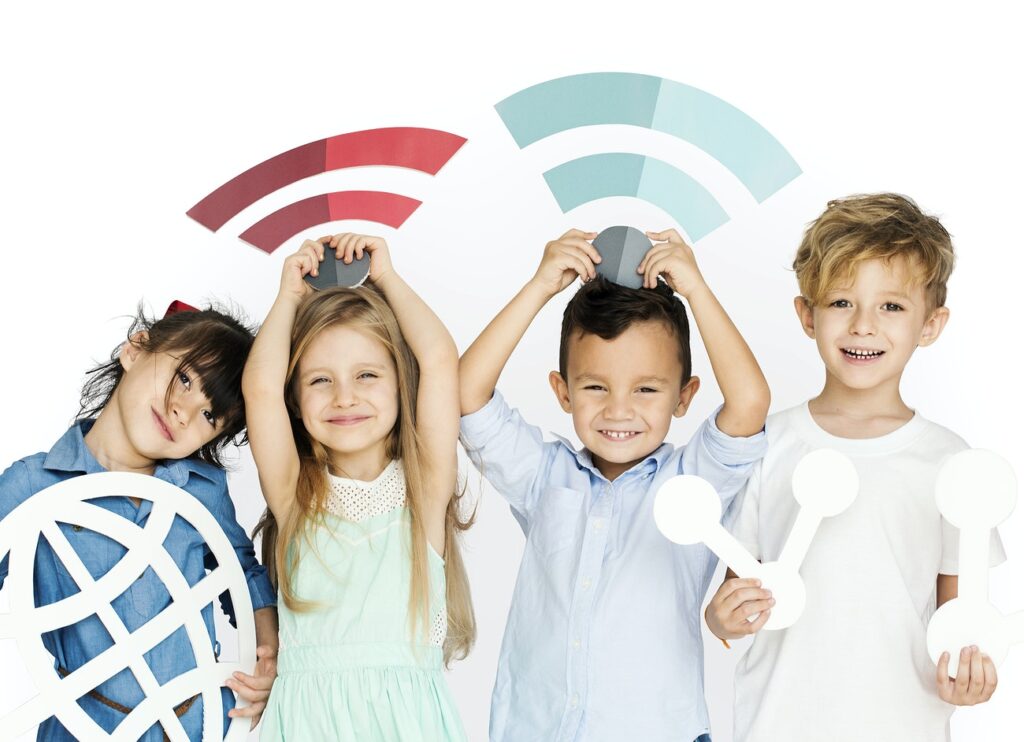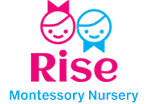A language-rich atmosphere is where kids have opportunities throughout the day to engage in back-and-forth communications. Such environment is essential for the early learnings of a child and feature strong effects on vocabulary, language, reading, and social and emotional development.
Preschools are ready and able communicators. They teach kids to communicate through language and rely on behaviours, facial expressions, body language, gestures, and facial expressions. Caregivers at preschools often list three aspects of communication and language – receptive language, conversation skills, and expressive language. Listed below are some ways preschools indulge in efficiently communicating with children.
Frequent use of appropriate models that help in development
Children require to hear, use, and listen to language throughout the day. By using language that is slightly better than the levels of the kids, one can promote quick and easy development. When communicating with little minds, one needs to be cautious not to use complex language. For example, with a 3-year-old, one needs to use simple three-to-four words sentences while communicating. As kids get older, sentences can get complex using newer words to enrich their vocabulary. Teachers at preschools pay attention to the statements they use with children of varying age groups.
Engagement in back-and-forth Communication
- Taking turns while communicating.
- Carefully listening to instructions and following them.
- Providing time for kids to respond.
- Tune into experiences and interests of children and talking about them.
- Showing interest in what interests them.
Inviting kids to talk about what they are doing.
- Observing and commenting on what kids are doing.
- Encourage children to compare and explore other available possibilities.
- Asking questions like – What are they doing? What will they be doing later?, What they did before?
Preschool caretakers and teachers are responsive adults.
Preschool teachers and caretakers respond to the ideas and interests of children. When dealing with little kids, it is essential to concentrate on their ideas rather than grammar. When children use incorrect words, teachers at preschools model a proper sentence for them and carry on with the conversation.
Extending the language of children
- Expand the words and sentences of children and help them with their attempts. For instance, if the kid says “cat”, you can extend the sentence and say, “It is a white cat.”
- Restate the language kids’ use by using correct grammar.
- Addition of new vocabulary words to the ones they are using while talking.
Encourage high-level thinking
- Introduce new ideas and concepts.
- Explaining your thinking process.
- Help kids make connections between what happens in their homes/community and their classrooms.
Repetition for better learning
Using repetition of words provides children with different language models, especially when teaching new vocabulary terms. In a language-rich preschool, teachers repeat words in fun ways like games, songs, and activities to describe daily events, feelings, materials, routines, etc. Using repetitive words ensures kids have multiple opportunities to use and learn new words while still in school. Both learning and revision of the learned vocabulary are done very much at preschool itself. They offer dedicated learning for children with teachers and caretakers thoroughly trained in developing a solid communication foundation of little minds.
Wishing your kids a very fun learning and effective communication skills.




